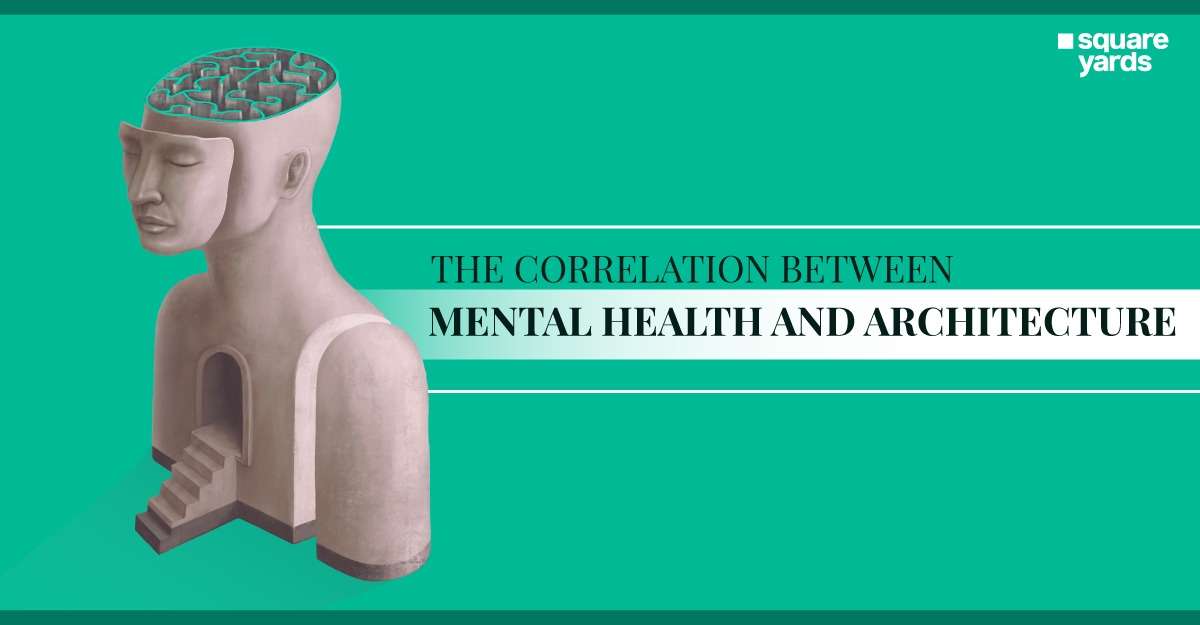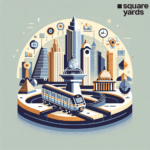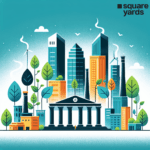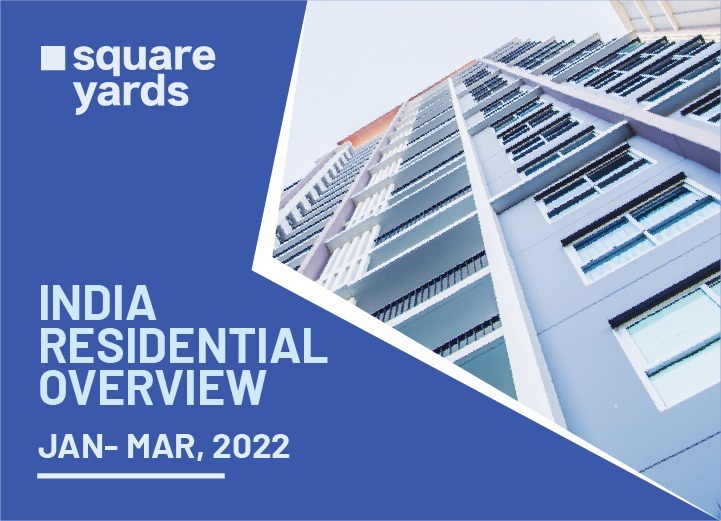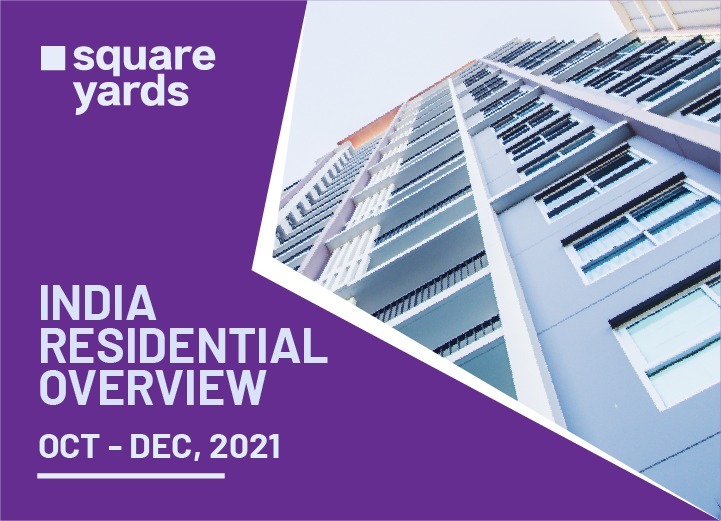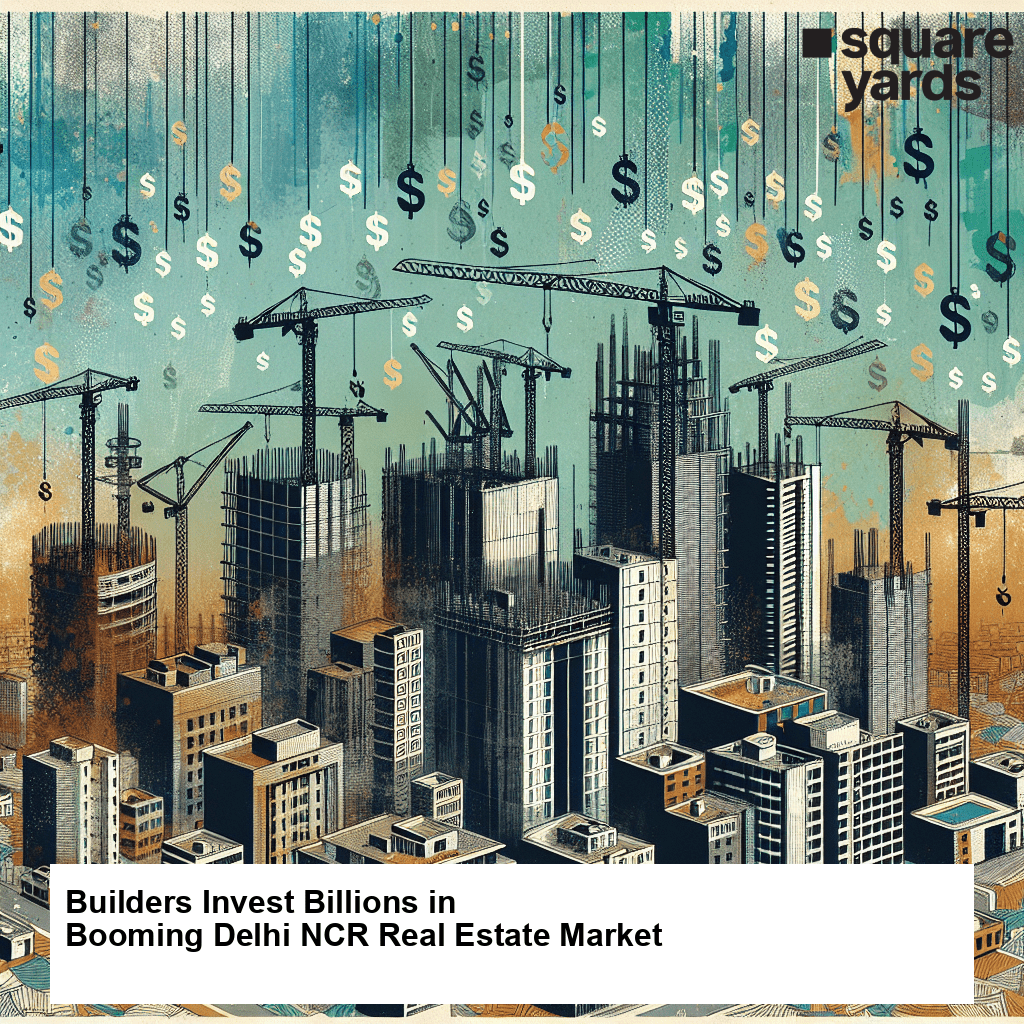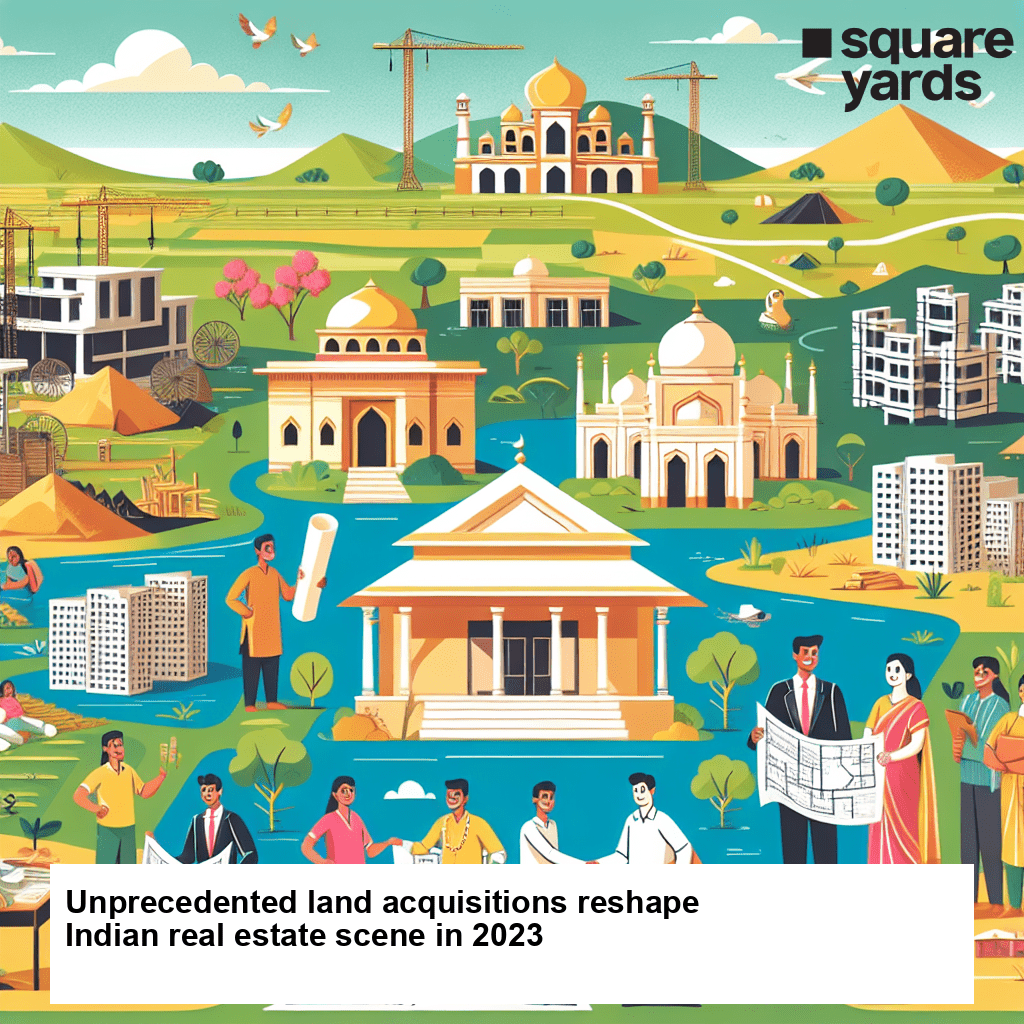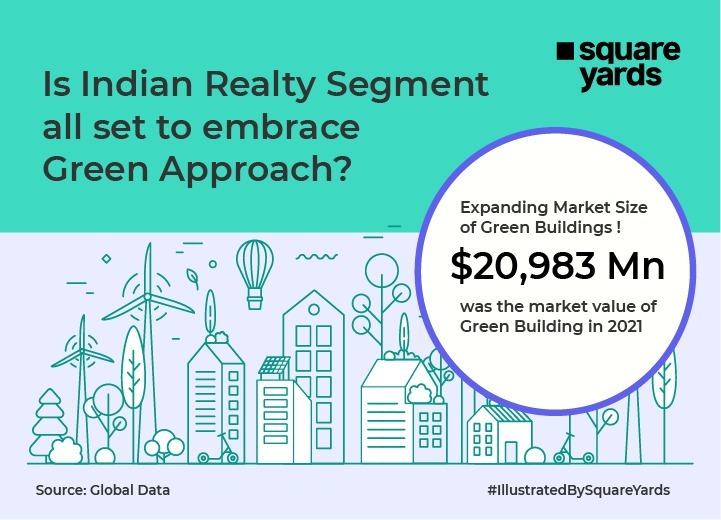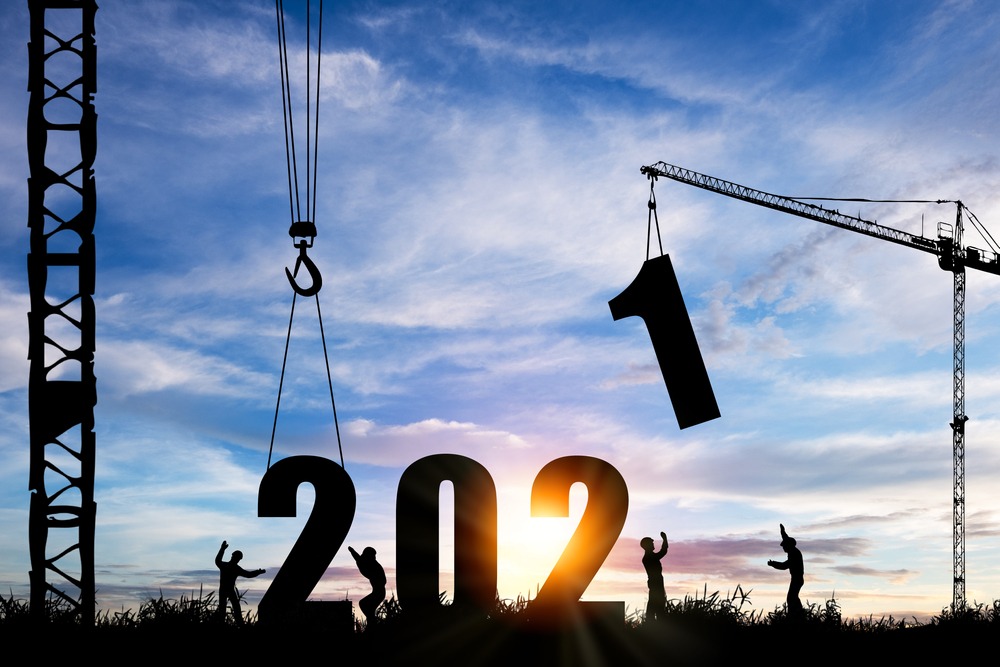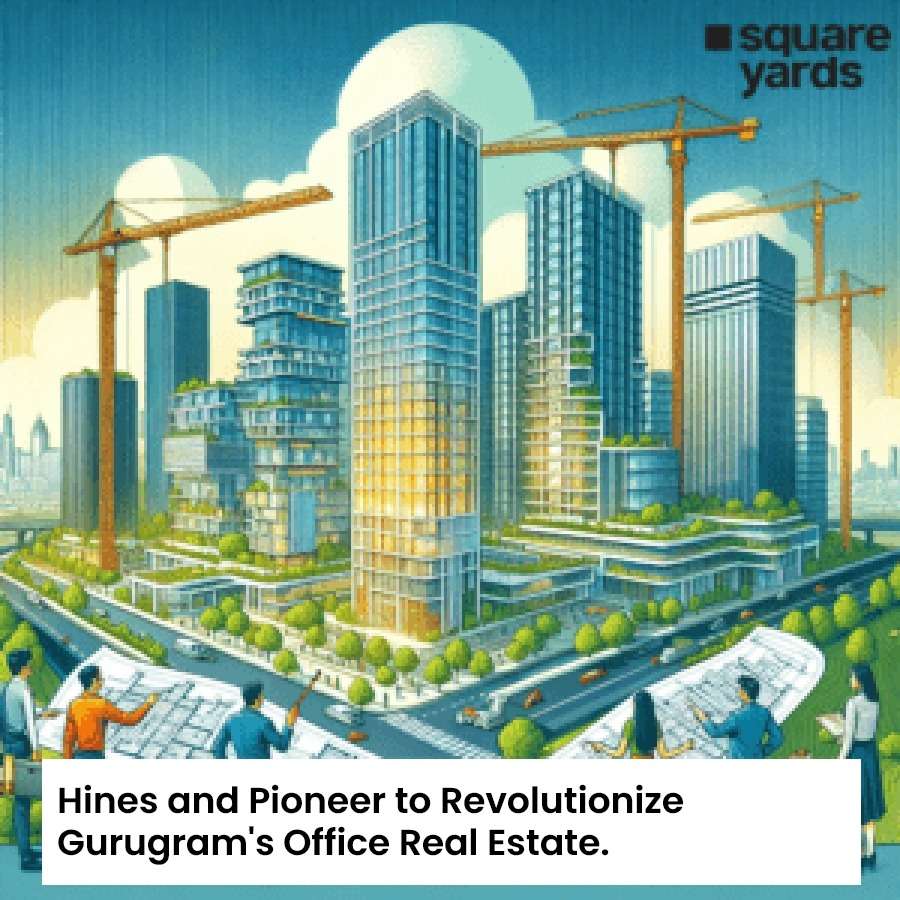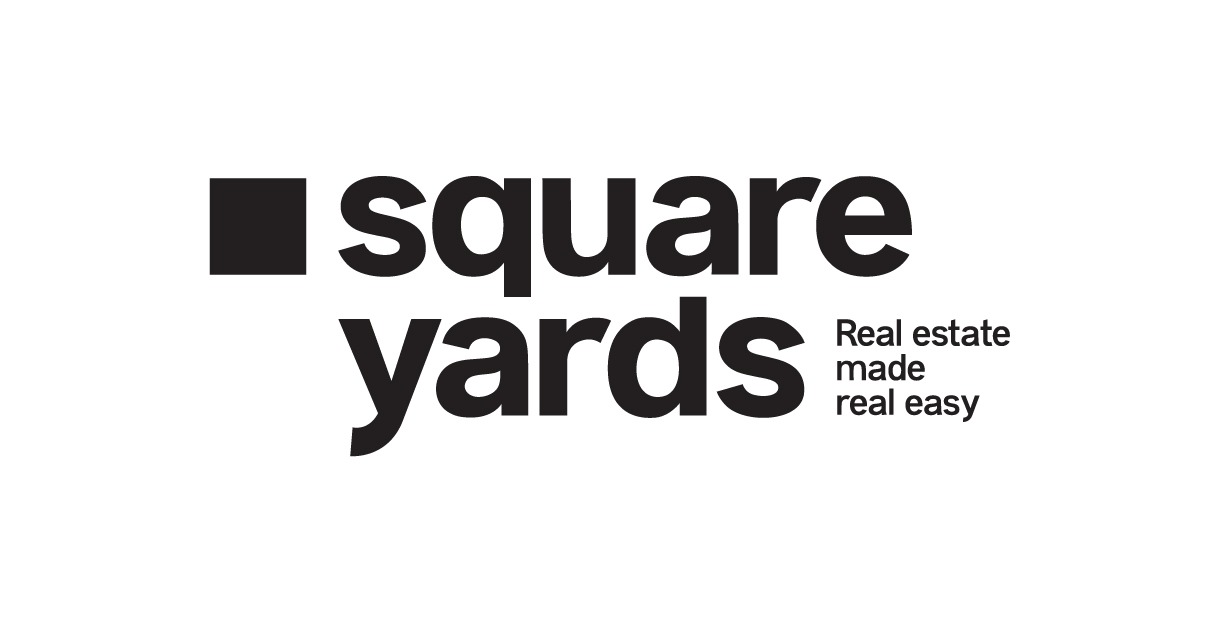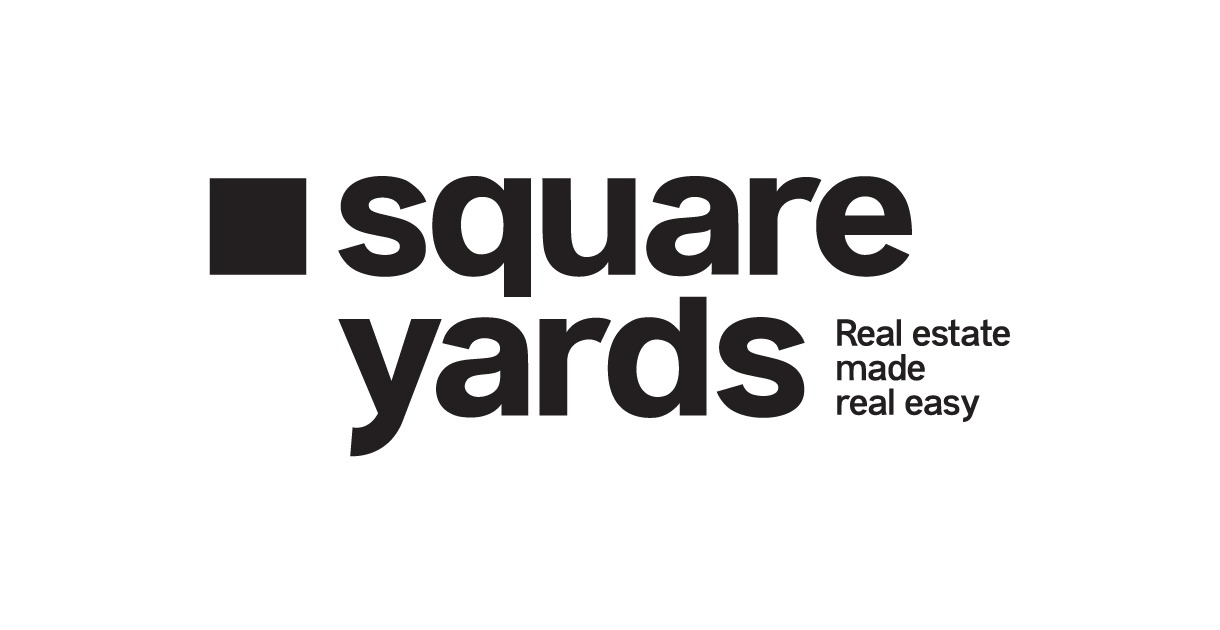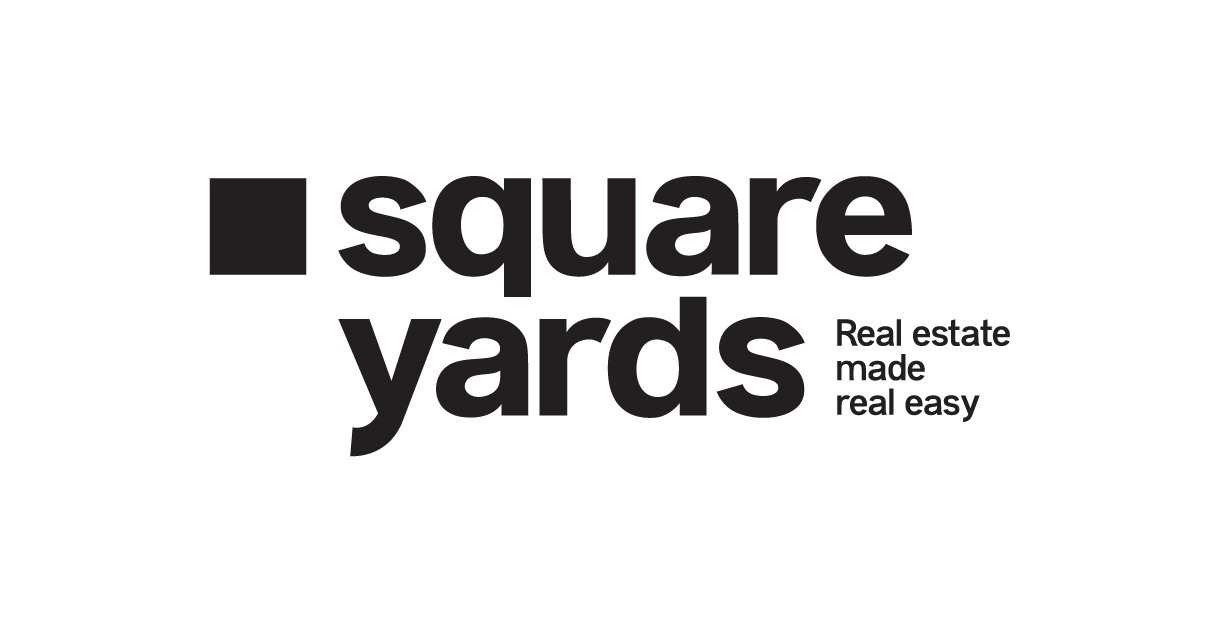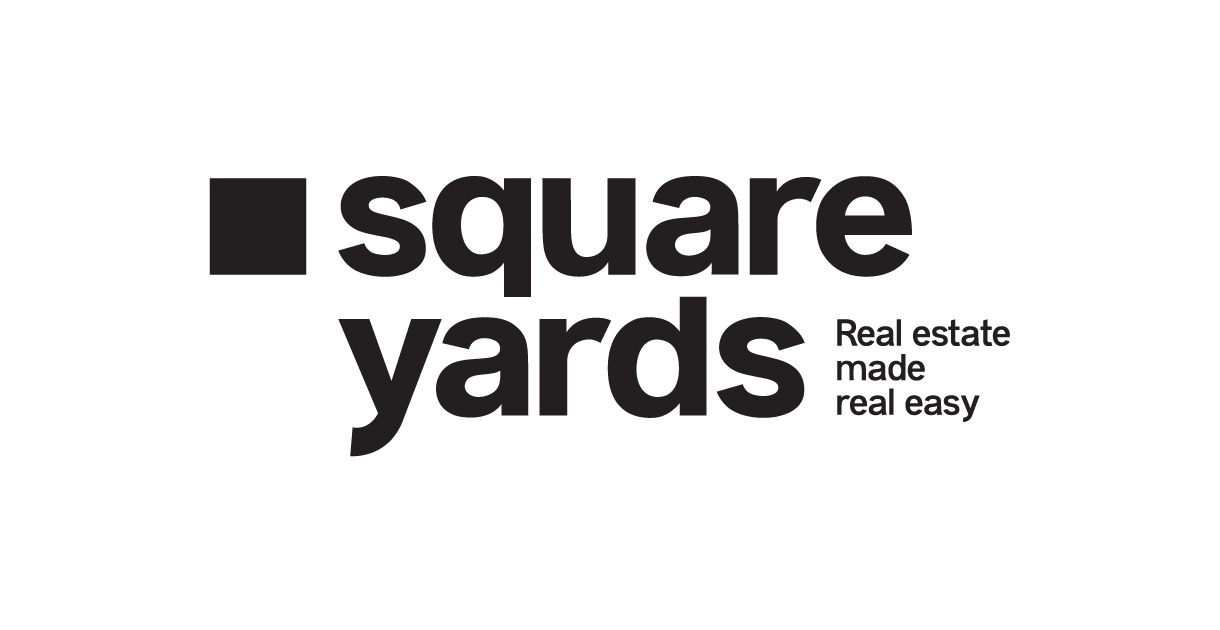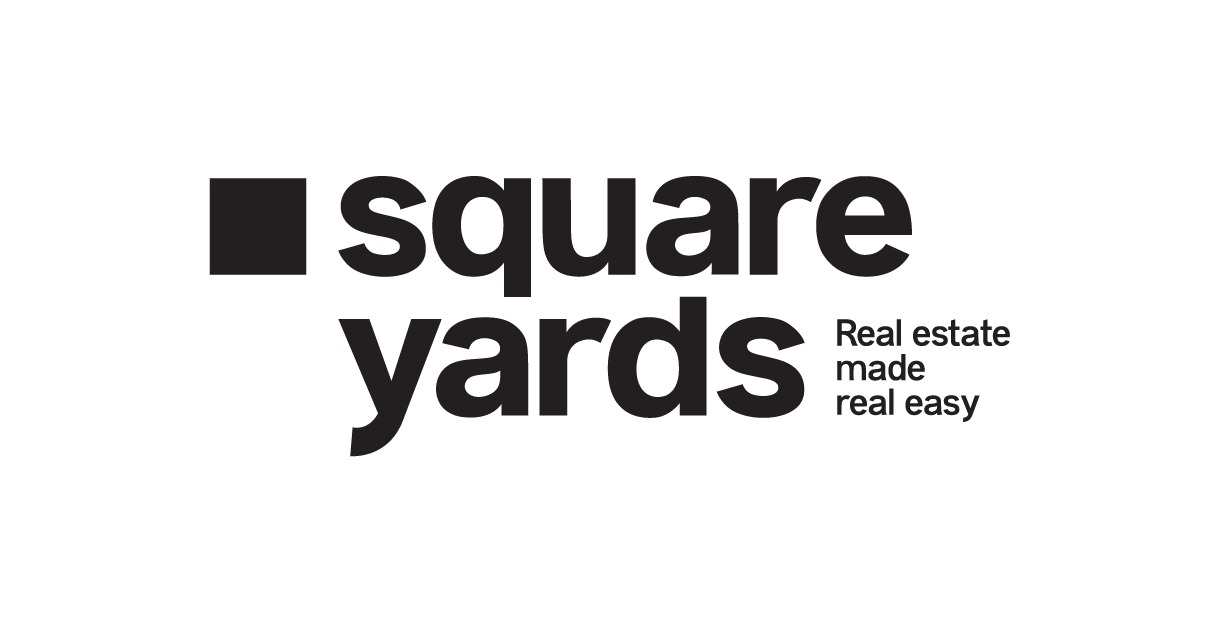In some ways, we’re all like other people, in some ways, we’re like some other people and in some ways, we’re like no other people.
Humans, one of the most intriguing living species, are paralysing Earth with concrete jungles whilst not being able to breathe in their own homes. As you let this irony sink in, let’s breathe out with an analogy.
Imagine – A house of your dreams where the walls are painted in the way you like, the rooms are filled with people you love the most, the lighting is perfect and your favourite weather is in full bloom. There’s no place you’d rather be. However, just as you enter this house, you realise you can hear the guests but they can’t hear you. Suddenly, the guests disappear, the walls turn insipid, the lit room grows dark, and the weather becomes extremely cold. You scream in a bid to save your life but in vain.
The house is your mind. It gets dark when depression creeps in; you’re blind to your needs whilst seeing through people.
| DID YOU KNOW?
As per WHO, approximately 300 million people across the globe are battling depression. |
The difference between a house and a home is primarily psychological. Have you ever wondered why a school is designed like a school? A library constructed like a library? A hospital built like a hospital? Or a prison structured like a prison? Do you ever notice why your parents never readily want to move into a bigger space from a house they’ve built on their own? Why do you feel immense peace when you are away from urban landscapes?
The answer is rooted in the mind and the human beatbox, the heart, of course. How we structure our reality considerably impacts the spaces around us.
Paying homage to every survivor this Mental Health Awareness Month, we delve deeper into the relationship between architecture, human psychology and mental health.
Table of contents
The Compelling Need for Space
Whilst reflecting on your childhood, you’d notice the urge to create your own individual spaces – be it building tents, treehouses, or blanket forts to read your favourite comics. The need for shelter can be traced through the evolution of humankind. Once the cave dwellers realised that sticks and stones didn’t break their bones, they switched on to comfortable housing. Spaces are now built for comfort, pleasure and everything in between.
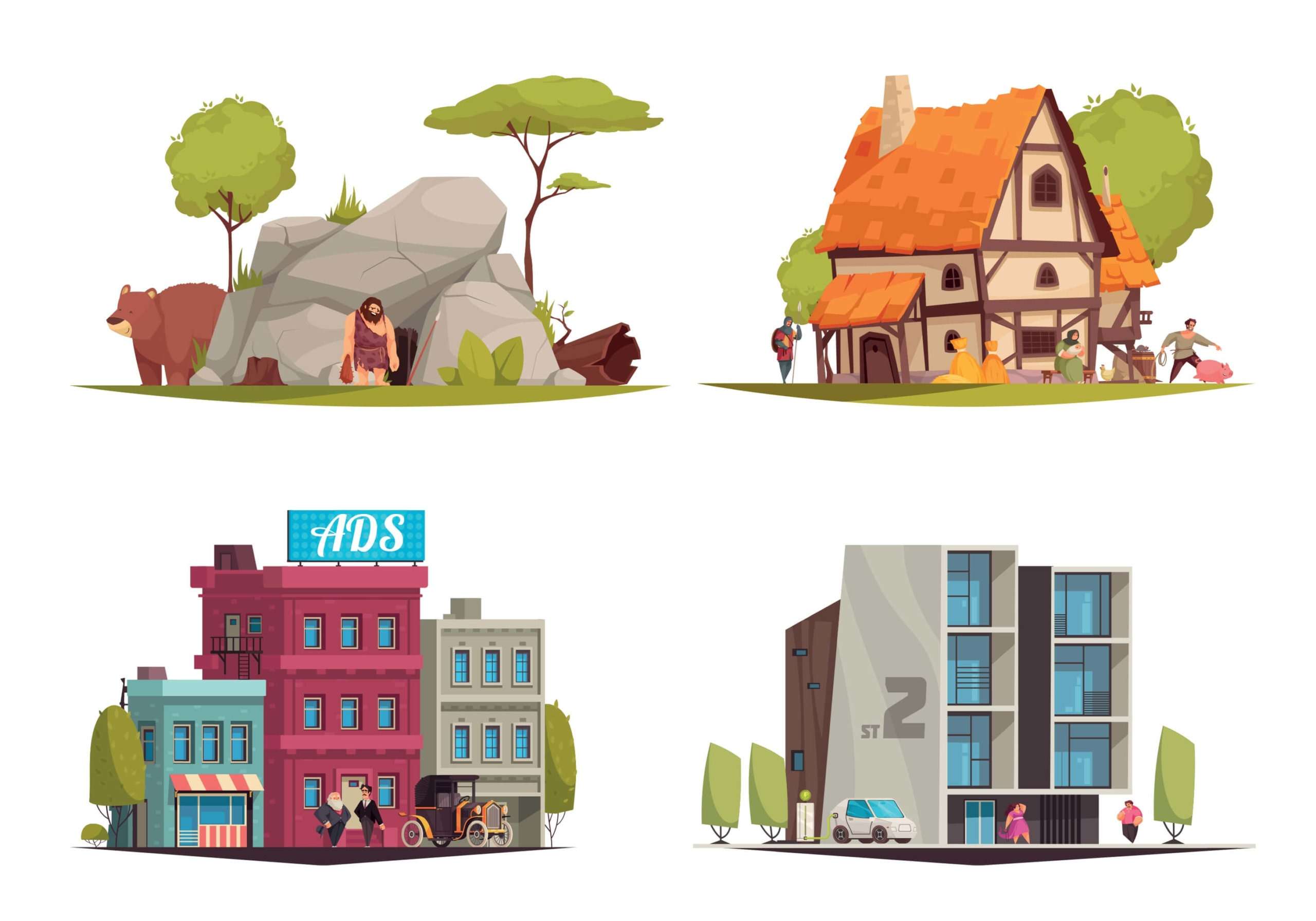
According to various studies conducted during the pandemic, it’s been concluded that the majority of human beings spend about 80-90% of their time indoors. This fact alone defines why our mental health is influenced by the way living facilities are designed.
Buildings are just the physical foundation of context upon which everything else is constructed.
The real success of a structure depends upon how individuals react to those spaces. Ultimately, society’s success as a collective is built on the foundation of architecture and the human psyche.
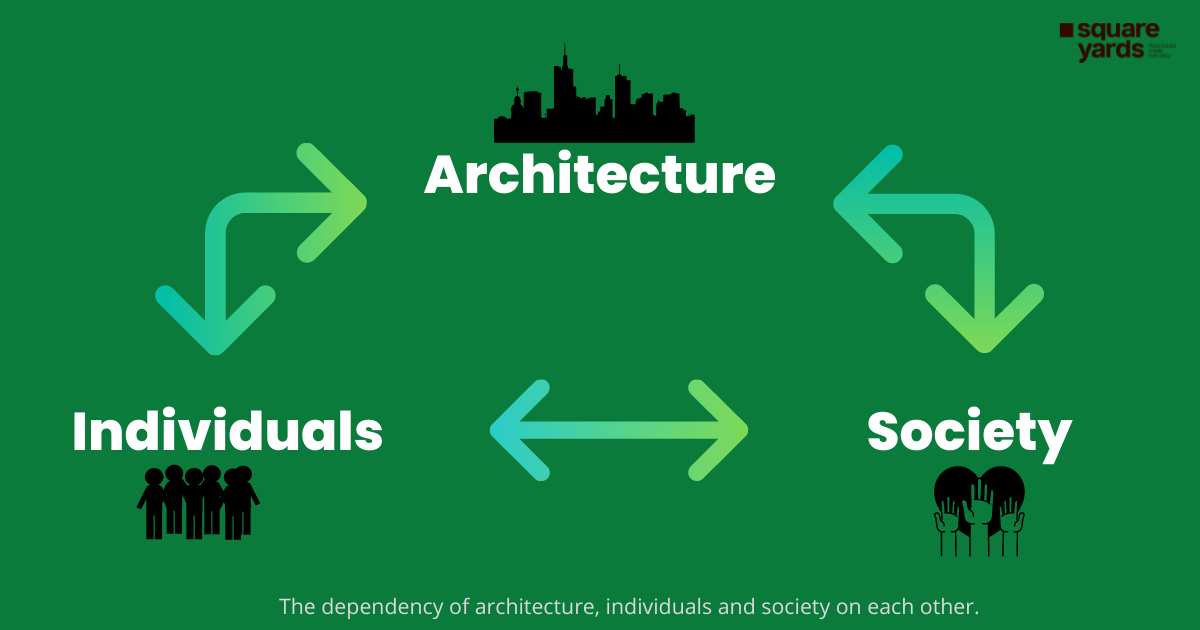
The physical environment’s effect on our mental health often goes unnoticed. Whether we are happy, sad, lazy, grieving or angry, who we are and what we do is massively impacted by the architectural design around us in more ways than one. Unfortunately, most individuals don’t even realise the impact spaces have on their psyche which leads to an unwarranted conundrum.
| DID YOU KNOW?
If any space makes you uncomfortable, it directly impacts the melatonin levels in your body. A drastic shift in the production of melatonin rate can affect your body’s production of serotonin, which in turn triggers anxiety. |
How Do We Influence Spaces?
We shape our psyche by the things we do in various physical environments. Be it adding a desk calendar to be more organised at work, making a miniature zen garden at home to feel refreshed or adding fragrant candles in our bedroom to maintain composure.
As the Japanese saying goes, every human has three faces – one that they show to the outer world, the second face that they show to their family and close friends and the third that they never show to anyone – the most authentic reflection of themselves. More often than not, it’s quite hard to change our personalities. An introvert can’t readily turn into an extrovert, but we may change our behaviour according to the adjustments we make to our spaces. The architecture of any environment does not necessarily change you, but it often tips the scales.
How human psychology affects architectural design can be structured in three major ways –
1. Personal Demarcation
Identity claims are often referred to as deliberate statements that we make about goals, hobbies and cultures in spaces to give them a personal touch. While designing your house, you might include certain artefacts or an architectural layout representing your culture. This intentional addition of elements to personalise the things at your fingertips tends to create secure living environments.

It will be interesting to know when asked why he wasn’t living in South Bombay like most of his contemporaries, Indian actor Pankaj Tripathi who lives in a lake-facing house in Madh Island, mentioned the importance of staying grounded and having your niche in the city that never sleeps.
2. Thought Regulators
When you transform your spaces for your benefit with things that remind you of a purpose or a memory, thought regulators inspire you to build your niche. If you shift to a new house, you may design it in a way that your fondest memories are kept intact.
View this post on Instagram
On a larger scale, architects at MASS Design Group amalgamated the notion of thought regulators to create a groundbreaking marvel. They designed and constructed the first memorial that honours the victims of 4000 racial lynchings in 12 Southern States in the US. The structure consists of 800 corten steel monuments, one for each county in America where racial injustice occurred. The names of the victims are engraved in the columns constructed. When architecture and the human psyche cross paths with each other, the result is humane.
3. Behavioural Residue
We engage in so many acts in the places where we interact with other individuals. Due to the constant engagement in our spaces, we leave a trace of disorder. Studies have deciphered that people preferred to stay in isolation even before the pandemic occurred. Habitually, you will create clutter when you are constantly thriving in your niche. If you can’t Marie Kondo your way out, it may lead to OCD.
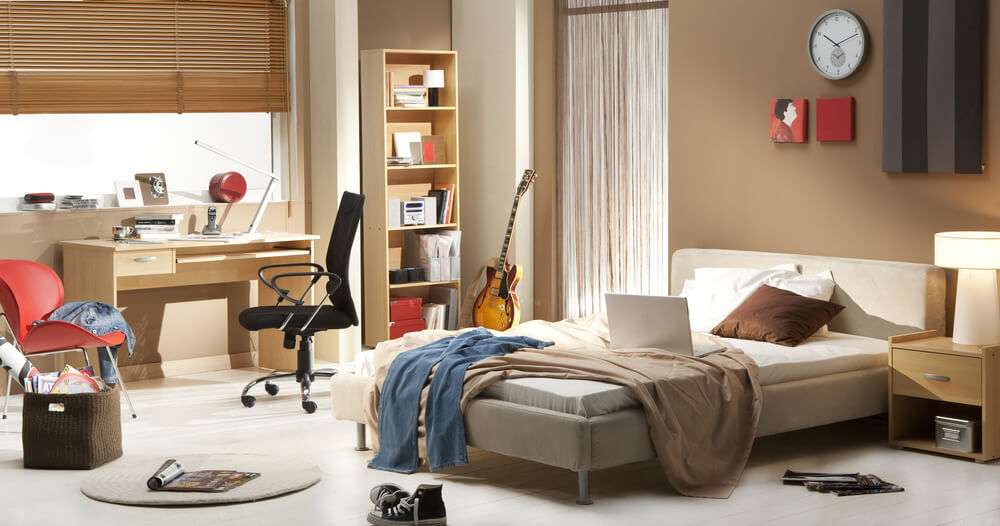
However, some may argue that they like the way things are cluttered in their house. While Feng shui and Vastu experts might have a hard time gauging this revelation, owning their mess is a state of mind for most millennials. (pun intended)
A prime example of this debate is a scene from the 2016 Indian flick Dear Zindagi, when Kaira (Alia Bhatt) tells her house help Alka (Akanksha Gade) that normalcy for her is a cluttered house.
How Do Spaces Influence Us?
Architecture has an impact on our lives every day. How we heal in medical centres, learn in schools, get creative with work in offices – the physical environment is a crucible in which we spend our lives.
While being completely immersed in those environments, the spaces either fill the void in our existence or add to an existential crisis. Everything we touch in any architectural space sets the stage for our lives and is a constant backdrop to our daily grind. The spaces around us can be an enabler- a trigger that influences our behaviour, interaction with our close circle and perspective on life.
Studies suggest that growing up in big cities doubles the chances of developing mental disorders. The reason is a poignant lack of social bonding. Countless research reports indicate that urban lifestyles can change the brain biology of individuals. So yes, loneliness as a lifestyle is not a trend; it’s a glitch in your well being.
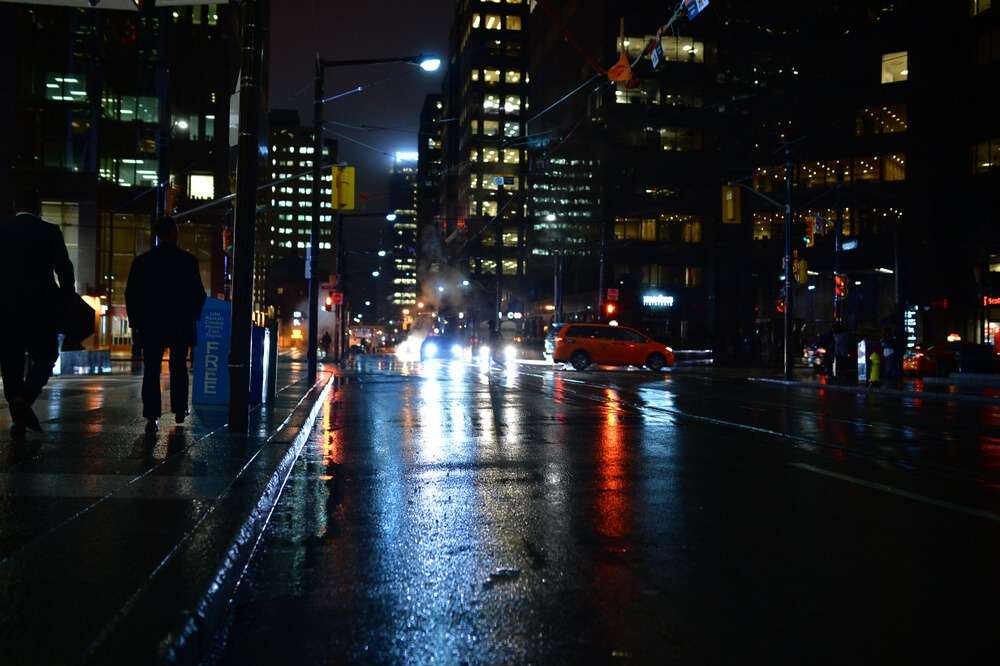
Toronto, one of the coldest cities in the world, is shrouded with melancholic darkness during peak winters. The similar-looking glass condo designs offer nothing but unmotivated lethargy to our mental well being.
Conscious Cities
Conceptualised by Architect Itai Palti and Neuroscientist Prof. Moshe Bar, the Conscious Cities movement aims to build architectural designs of large spaces considering the residents’ needs. It shifts focus from monetary efficiency to individuals’ physical and mental well-being whilst designing larger spaces.
One of the major themes of Conscious Cities is to bridge the gap between neuroscience, architecture and technology. It emphasises that your environment is nothing but an extension of the nervous system, like an extended mind.
see also@ Coachella Music Festival 2022: An Architectural Euphoria
The Great Economic Divide
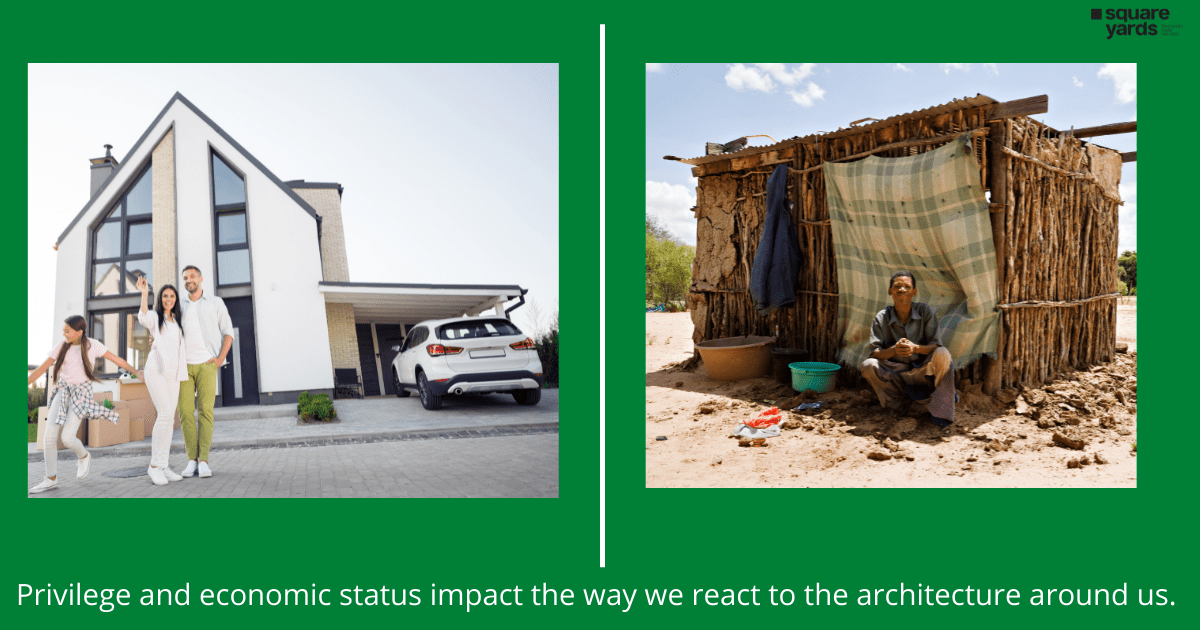
One of the most viral phrases throughout the pandemic was – We Are in This Together.
Celebrities and social activists were chanting it all over the Internet like it’s a great equaliser. However, it does not make any sense. If anything, the opposite rings true.
Here’s why –
If you were already in a good place economically before the pandemic, you definitely have a completely different experience than someone who is financially disadvantaged. Besides, how spaces influence you while you come from different economic classes also varies.
Never before in recent history has an event made it brutally clear that a divide exists and that we’re not equal. However, understanding the mental psychology of human beings and their response to architectural design might be the first step towards our collective psychological stability.
| DID YOU KNOW?
Globally, over 7 lakh people die due to suicide every year. It is the fourth leading cause of death amongst 15-29-year-olds. |
Mind that Conquers, Spaces that Heal
A city’s architecture is always a bit like a constructed, psychological version of its people.
Chances are, you’ve read through the blog or you’ve skipped to the last part. Regardless, let this notion be your key takeaway – When you go out in the built world today, observe the individuals in the spaces around you. You’d notice that somebody else’s body language would signal signs of stress in the same building where you feel at home. Places, just like people, change every day.
Whilst walking through the busy streets of urban landscapes, you’ll observe how incredibly tall skyscrapers cover the sky. One thing you might always register subconsciously is the fact that you could go the whole day without seeing the horizon in these cities.
The clutter of concrete jungles designed without thought leads to psychological disarray in human beings. When we, as a collective, will create spaces that align with our psyche, it’ll act as a stepping stone to creating a conscious world. Maybe then, we’ll show up to the party even if we aren’t dressed for it.


